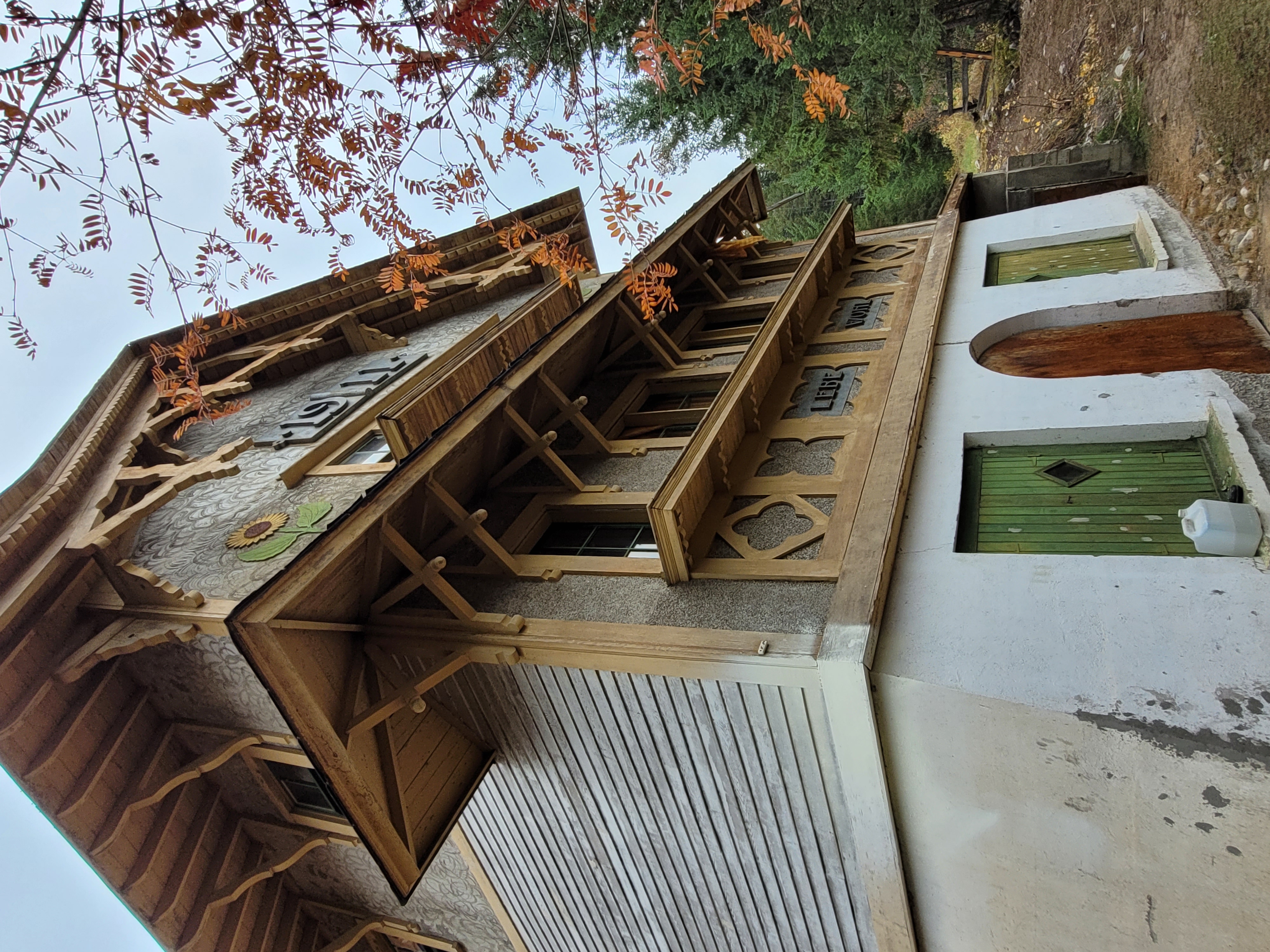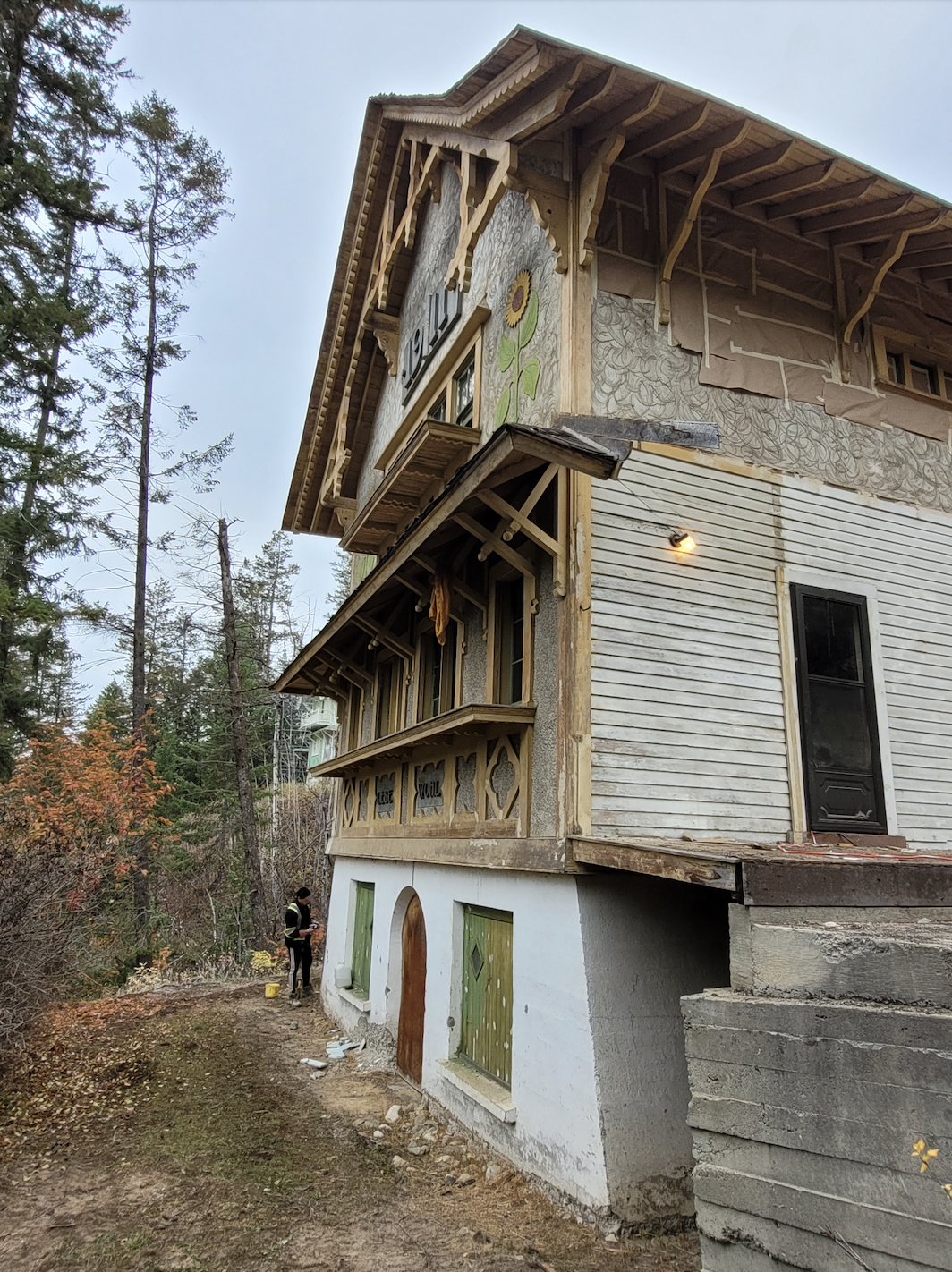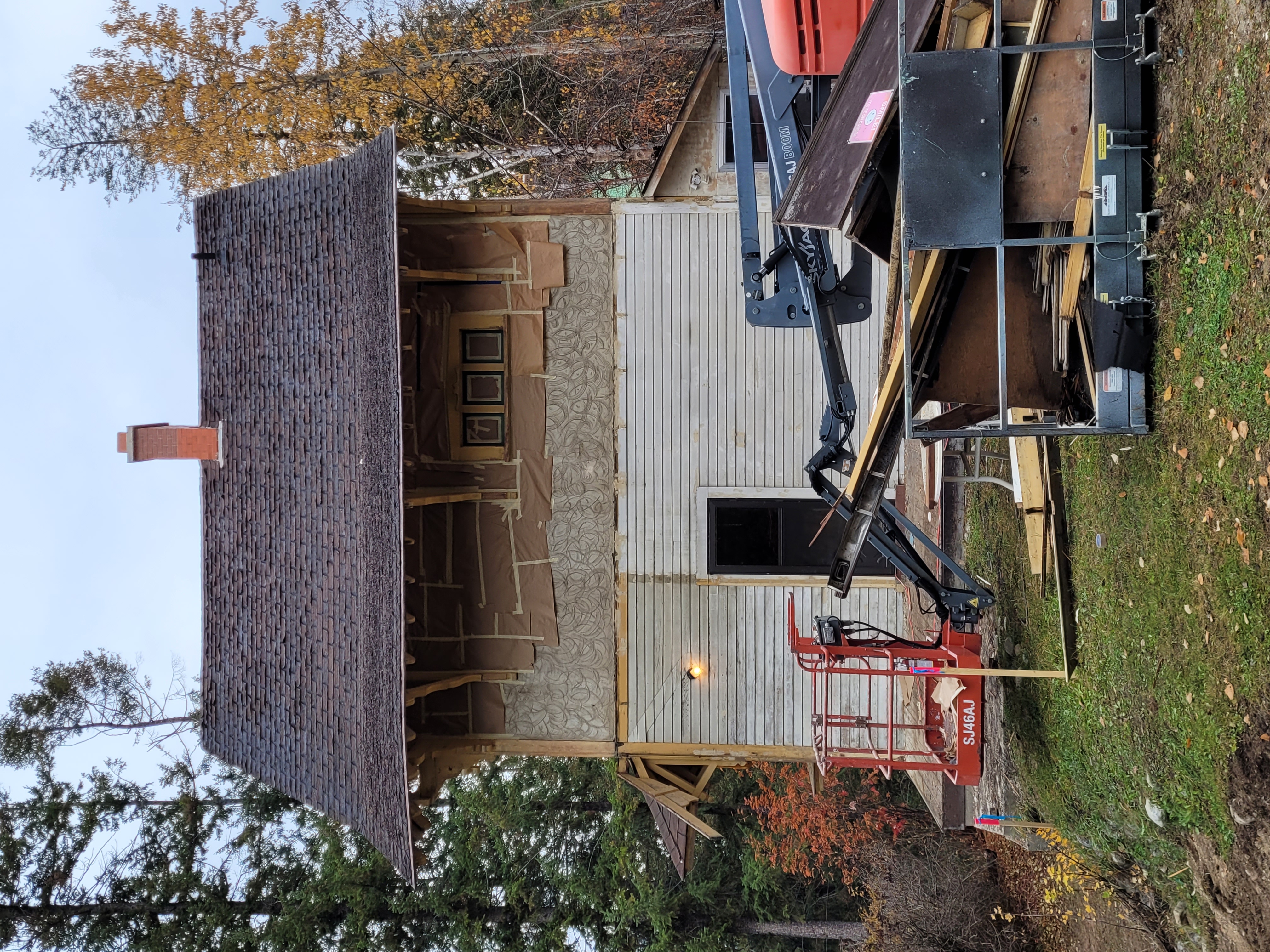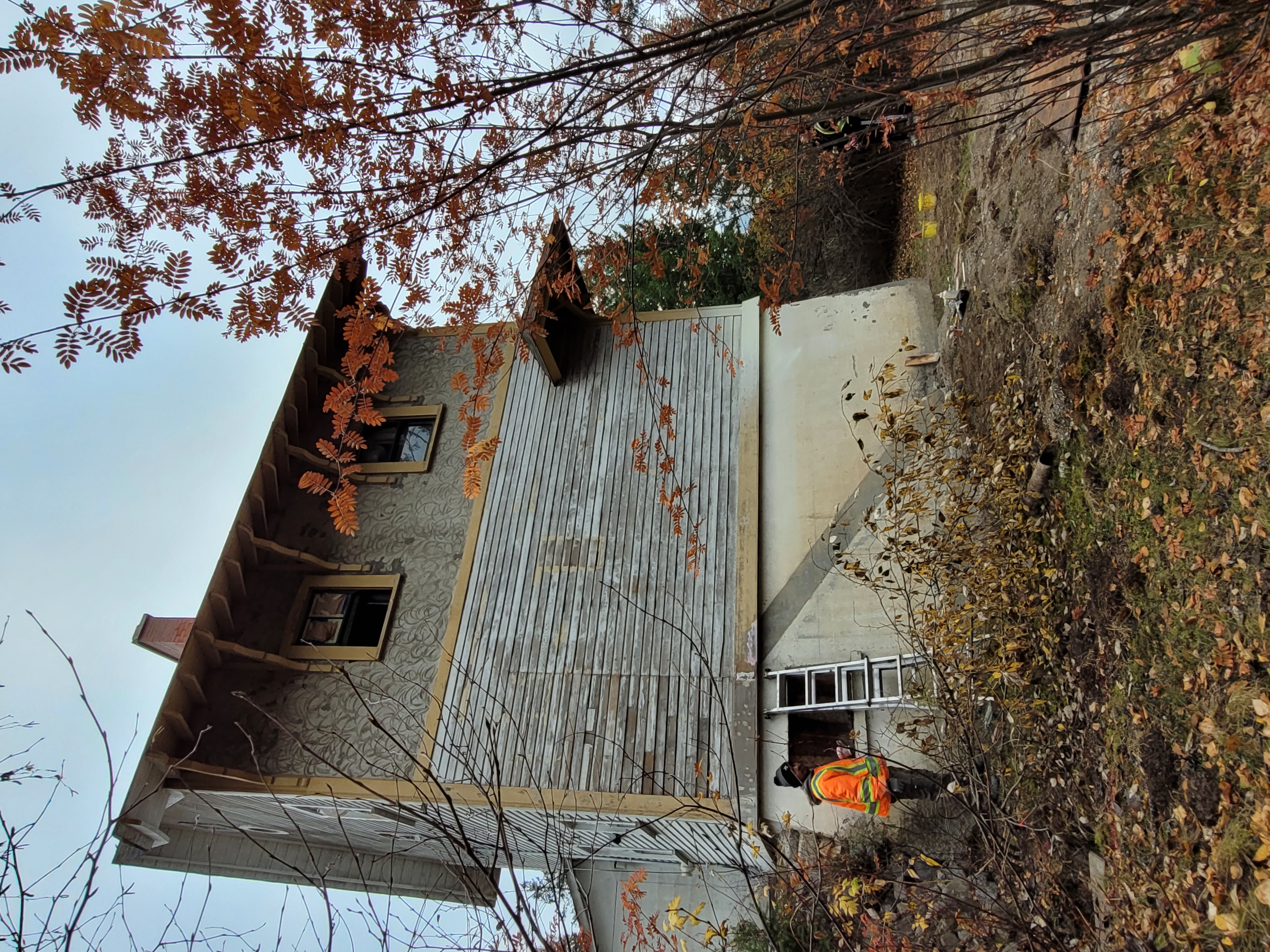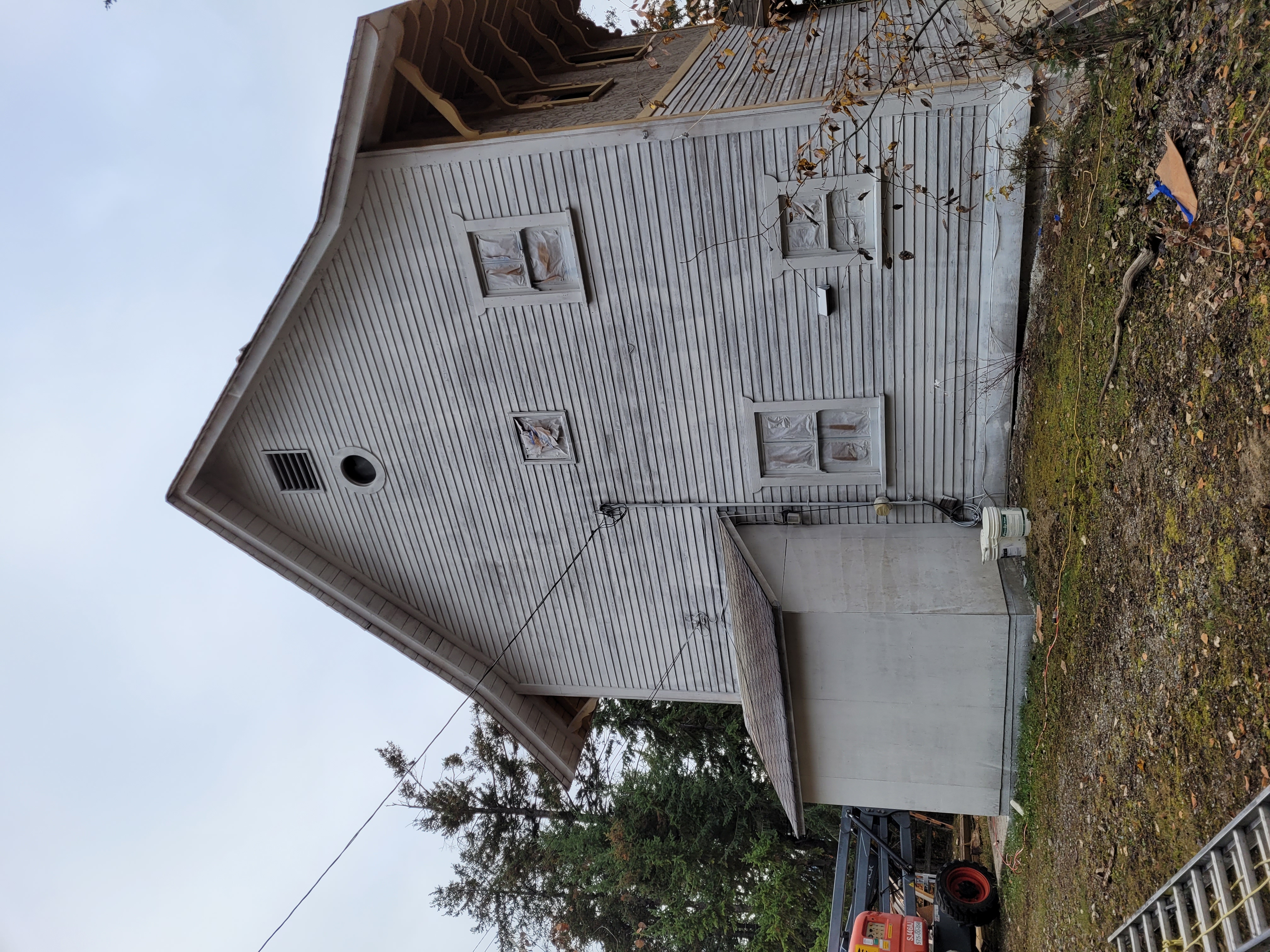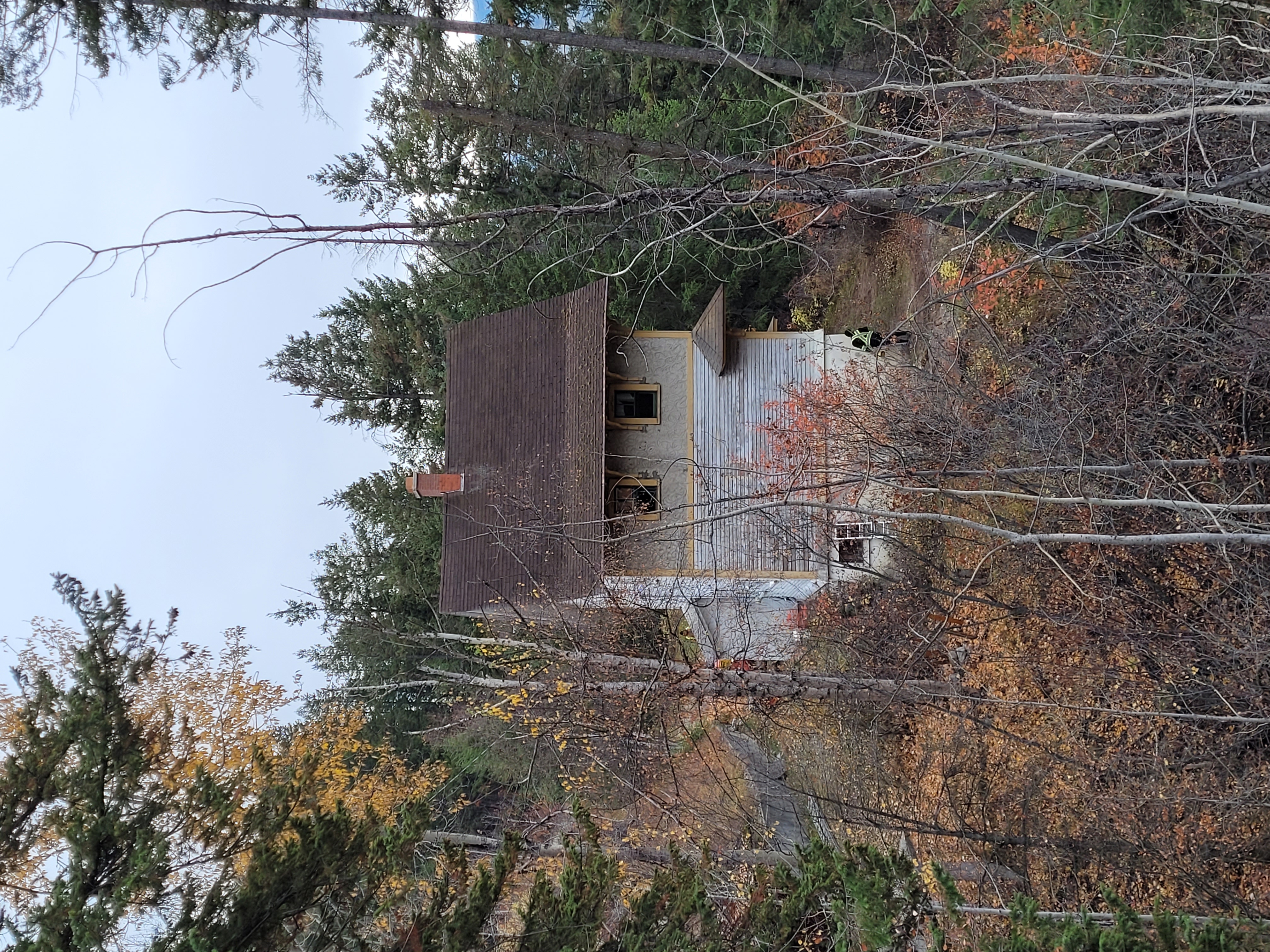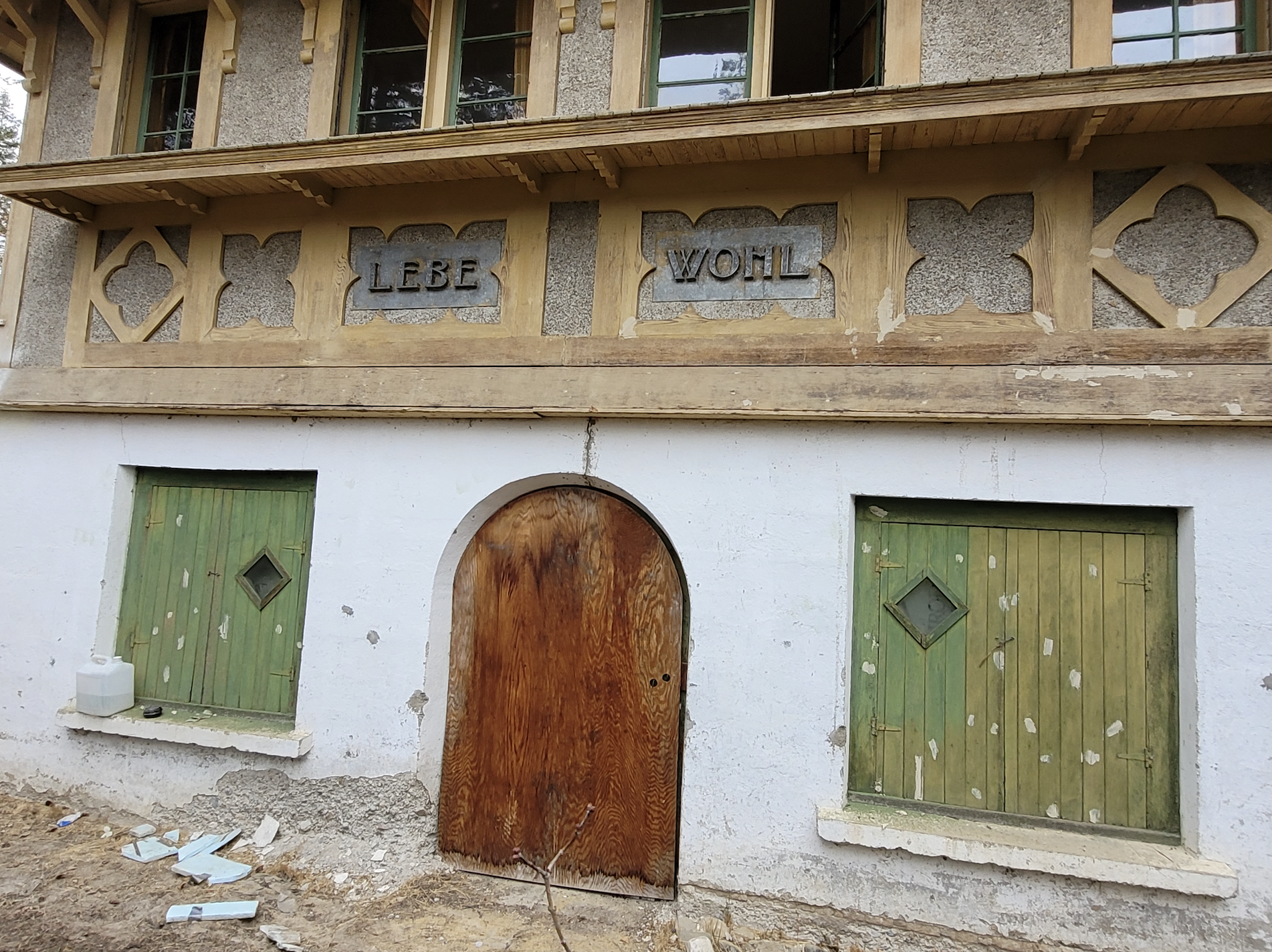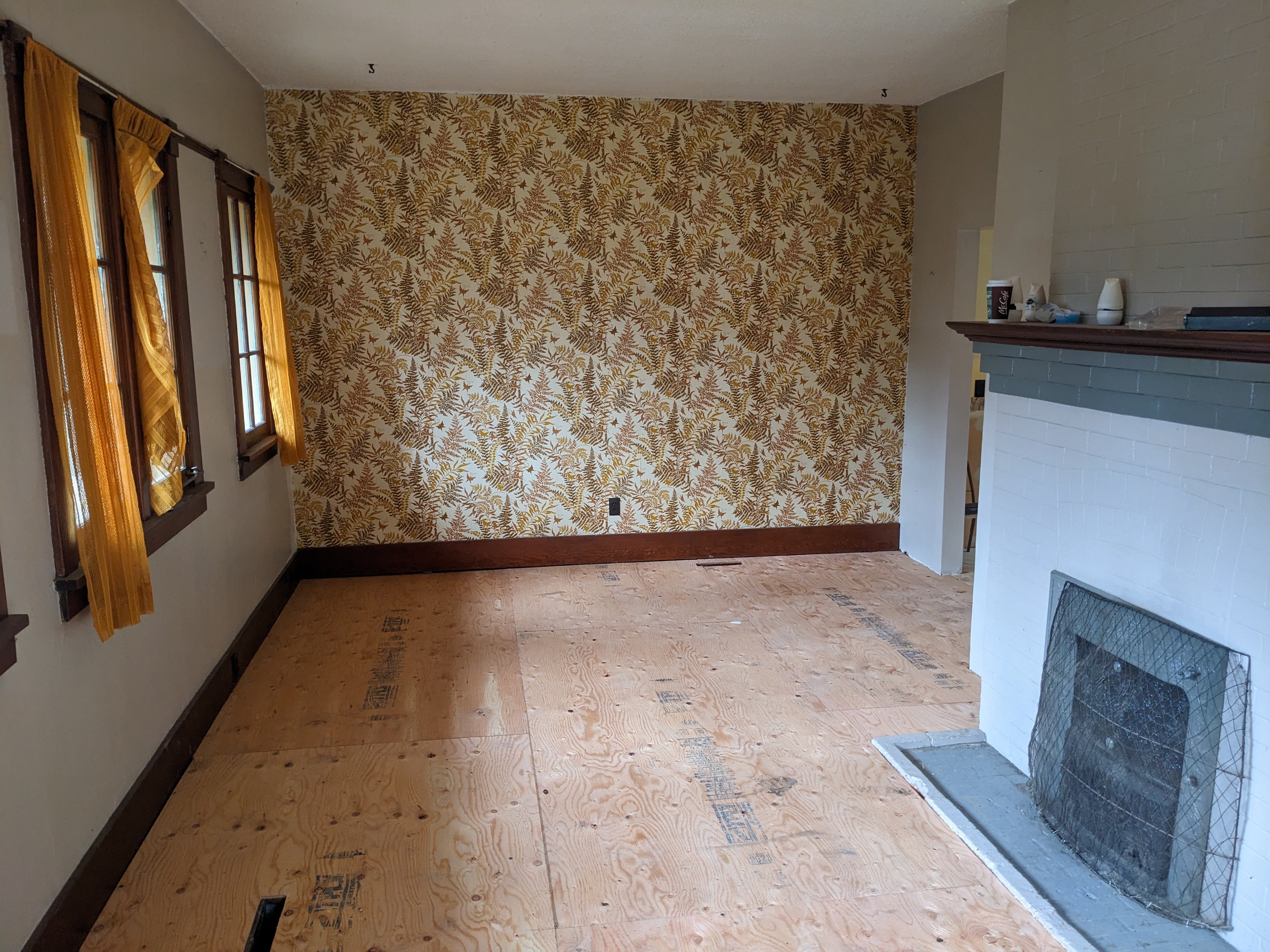
The Swiss Edelweiss Village is comprised of six chalets built between 1910-1912 by the CPR as permeant homes for six CPR-employed Swiss mountain guides. The residents included the brothers Edward Jr., Ernst and Walter Feuz, Christian Haesler Jr., Rudolf Aemmer and Christian Bohren with their families. This chalet was rented to Christian Haesler and his family, but you can learn more about the history of the Swiss mountain guides the other chalets by exploring all of the Swiss Edelweiss Village pages.
Hiring of the Swiss guides
While the Canadian Pacific Railyway (CPR) had focused on building capacity for tourism in the western Canadian mountains for over a decade, these initial tourists explored the mountains unguided with only their own expertise and equipment. The need for guides was finally recognized after a fatal climbing accident occurred in 1896 [1]. The American Appalachian Mountain Club hired Peter Sarbach, who then became the first professional Swiss Guide of the Canadian Rockies. Sarbach successfully led a party of Club members to the summit of Alberta’s Mt. Lefroy on August 3, 1897 [1].
The CPR saw the value of having professional Swiss guides who could bring their years of climbing and mountaineering experiences from the Alps to Canada’s new tourist destination. In 1899 the company hired Christian Haesler Dr. and Eduard Feuz Sr. from Interlaken Switzerland on their first seasonal guiding contracts [1]. Eduard Fuez Sr. found himself a “properly accredited” guide also hired the CPR in 1899 and was stationed at the Glacier House in Rogers Pass [2]. Started as a restaurant stop in Selkrik mountains with hills too steep for the CPR dining cars to travel, Glacier House only offered six rooms for accommodation. Nevertheless, it quickly became the first centre of alpinism in North America [2].
The start of the 20th century would only see more Swiss guides brought to Canada, and a second generation of CPR Swiss guides was soon to follow. Between 1899 and 1954 there were approximately 35 Swiss guides hired for by the CPR to safely bring tourists through the Rocky and Selkirk mountains in the summers [1].
Swiss Marketing for Canadian Tourism
The expansion of tourism in the Canadian mountains was tied to the popularity of climbing in the Swiss alps through a marketing strategy implemented by famous alpinist Edward Whymper [1]. An English mountaineer himself, Whymper was an avid participant in Europe’s “golden age of alpinism” which started with Alfred Wills’s accent of the Wetterhorn in 1854 [2]. During this time, many mostly English alpinists were racing to find the correct approaches to finish ascents to new summits throughout the Swiss alps [2].
In Whymper’s attempts to summit the Matterhorn, he had no less than seven failed approaches before finally succeeding in 1865 [2]. While his ascent went smoothly, the more challenging descent turned into a fatal tragedy when a support rope broke and four out of six of the climb team fell 4,000 feet to their deaths [2]. Before this, fatalities in the alps were rather rare and this tragic event marked the end of the Golden Age of climbing in Europe [2].
After, Whymper saw opportunity for mountaineering in Canada and proposed to the CPR that he promote the Canadian Rockies and Selkirks as a tourist destination to the English [1,2]. He most famously praised the area as “50 Switzerlands in One” a slogan the CPR adopted to emphasize the Swiss motifs in successful tourist businesses. A similar CPR slogan read, “Why go to Switzerland?” [1].
Continue reading about the Edelweiss Swiss Village.
[Read previous].
Notes
This site is located on the traditional unceded territory of the Ktunaxa and Secwepemc peoples, and the chosen home of the Métis Nation Columbia River Society and other diverse Indigenous people. We acknowledge the many First Nations, Métis and Inuit who have lived in and cared for these lands for generations. We are grateful for the traditional Knowledge Keepers and Elders who are still with us today and those who have gone before us. We make this acknowledgement as an act of reconciliation and gratitude to those whose territory we reside on or are visiting.
[1] Spaar, Ilona. Swiss Guides: Shaping Mountain Culture in Western Canada. The Consulate General of Switzerland Vancouver, Initial Print & Copy Center, Vancouver BC.
[2] Eschner, Kat. The Tragic Story of the First Ascent of the Matterhorn. Smithsonian Magazine. Electronic document, https://www.smithsonianmag.com/smart-news/tragic-story-first-ascent-matterhorn-180962998/, accessed September 6, 2024.



